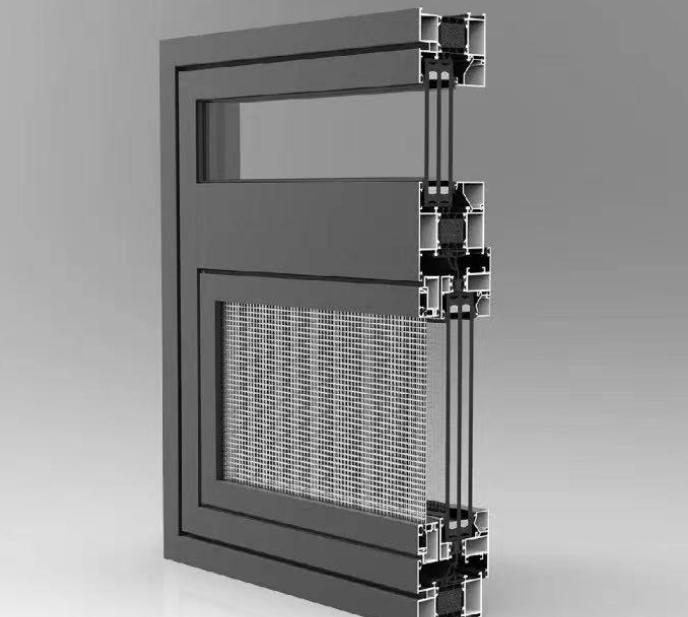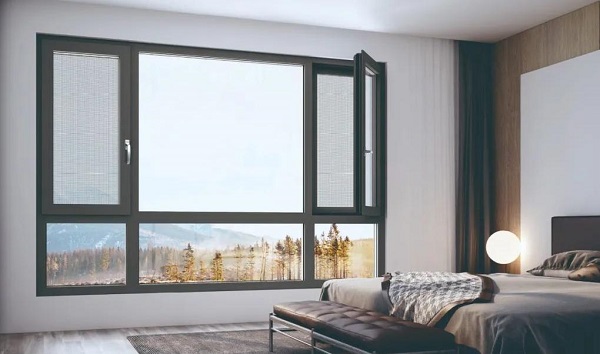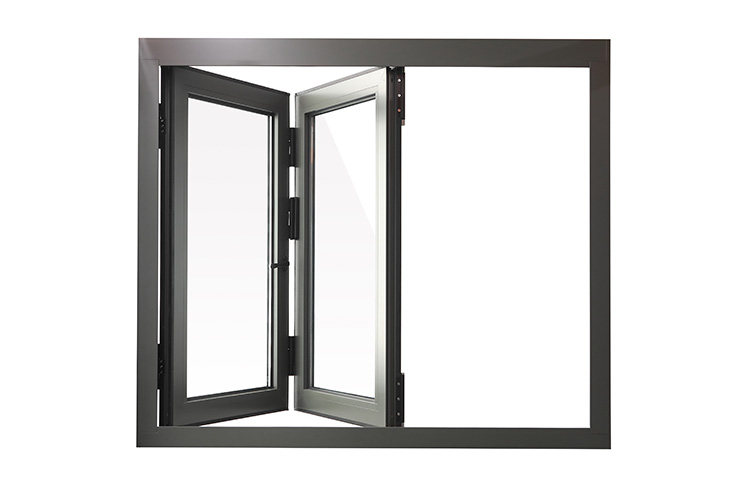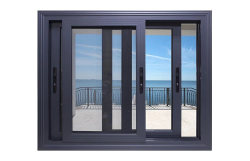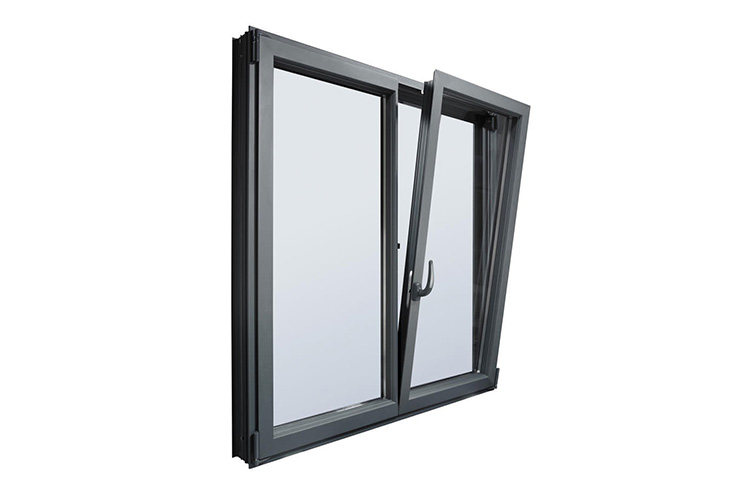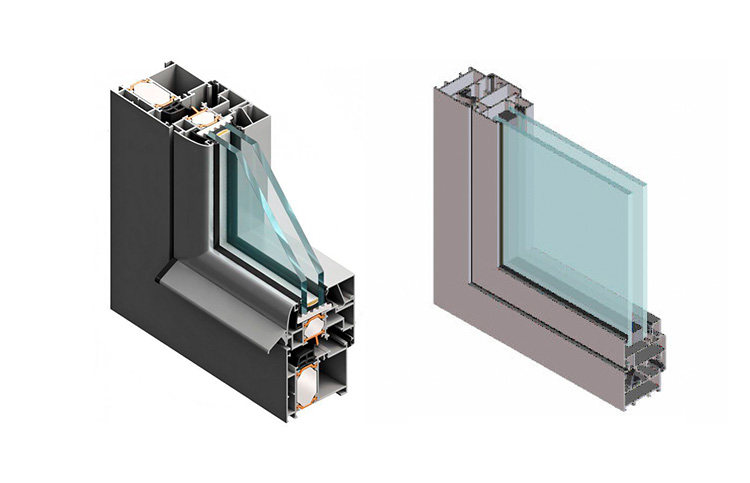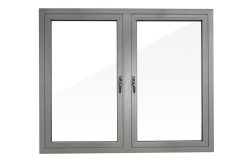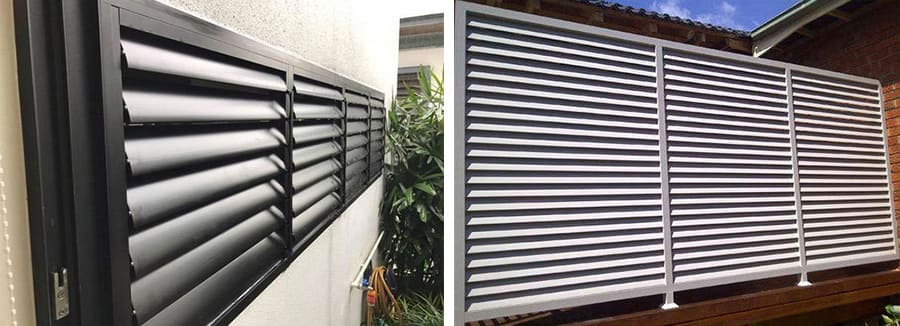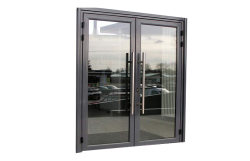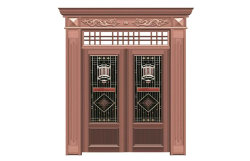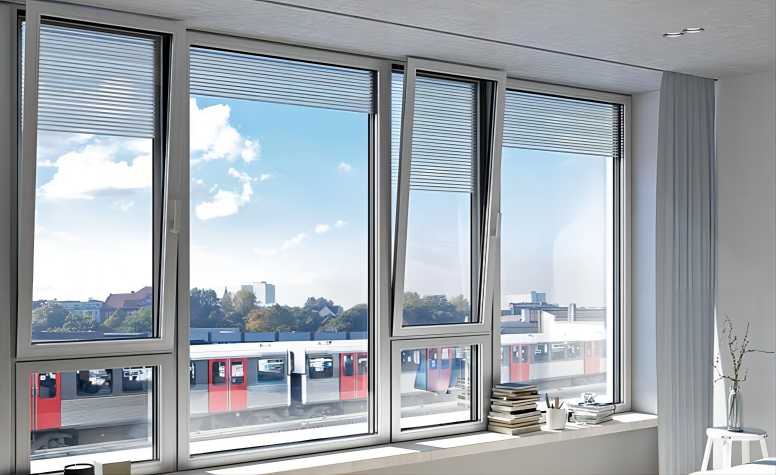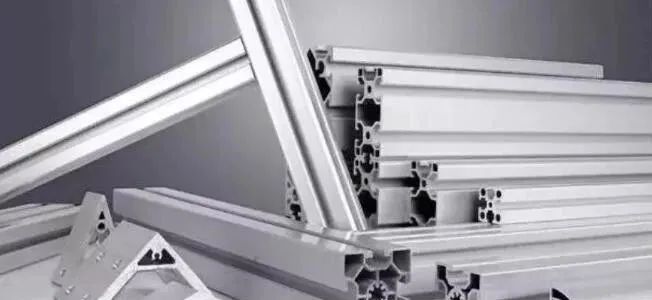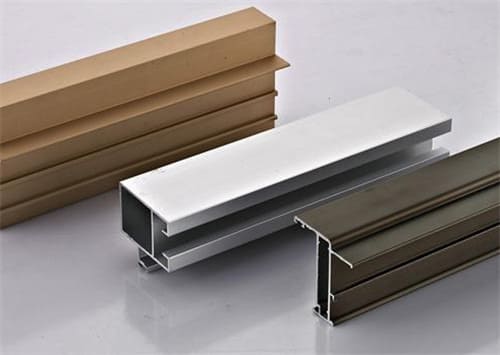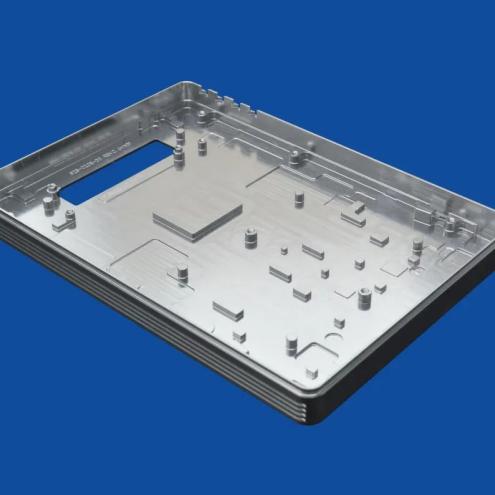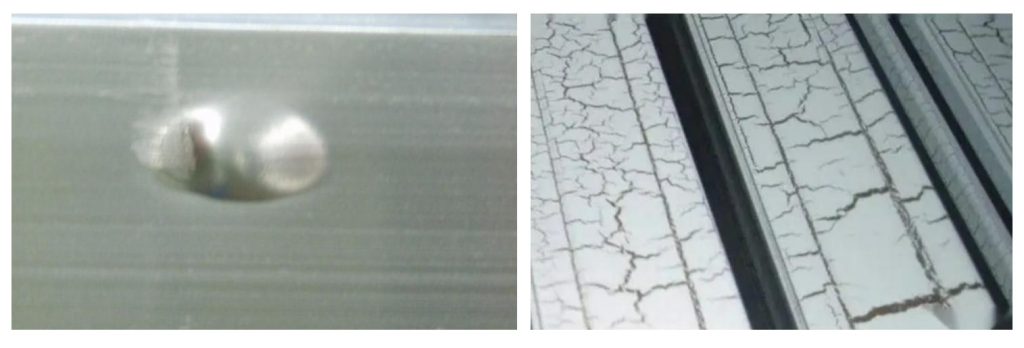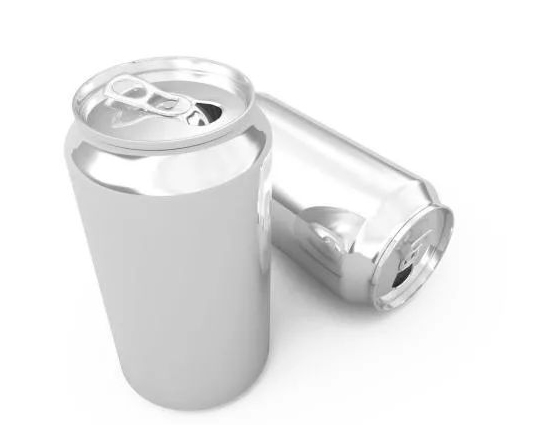Doors and windows are an indispensable part of homes. When it comes to doors and windows, many individuals pick aluminum alloy doors and windows. The decorative effect of aluminum alloy doors and windows is very good, with performance characteristics such as wind pressure resistance, water tightness, thermal insulation, etc. Thus, aluminum alloy door and window profiles have become the key object of home decoration. This article will introduce you to what are aluminum alloy doors and windows and how to choose them.
1. What is an aluminum alloy door and window?
About materials
Aluminum alloy: It is based on aluminum and adds some alloying elements to enhance strength and hardness.
Ordinary aluminum alloy profile: The inside and outside are connected without an air layer. The inside and outside colors can only be the same, and the surface is sprayed with an anti-corrosion treatment. Ordinary aluminum profiles are conductors as a whole, so heat transfer and heat dissipation are relatively fast.
Broken bridge aluminum alloy profile: It is divided into two ends during the processing process, and the two ends are connected into a whole with PA66 nylon strips to form three air layers, the inside and outside are not conductive, and the inside and outside colors can be selected arbitrarily. PA66 nylon strips connect the two ends of the broken bridge aluminum profile to form three air layers. The inside and outside are not conductive, the temperature difference between the inside and outside is different, and the colors are diverse.
About the wall thickness
The wall thickness of the main stress-bearing part of the window profile is not less than 1.4mm, the high-rise reaches more than 20 floors, and the thickness of the profile can be increased. The wall thickness of the main stress-bearing part of the door profile is not less than 2.0mm, which is in line with the national standard for wind pressure resistance. Single doors and windows more prominent than 3-4 square meters can have their thickness increased, and columns can be added if they are too huge.
About the thermal conductivity
The heat transfer coefficient is the speed at which the internal temperature conducts to the outside when the internal heating passes through time, and the heat transfer value is obtained through time and temperature.
- The heat transfer coefficient of standard aluminum alloy doors and windows is between 3.5 and 5.0.
- The heat transmission coefficient of broken bridge aluminum alloy doors and windows is approximately 2.5-3.0.
- The heat transfer coefficient of the system’s aluminum alloy doors and windows is between 2.0 and 2.5.
2. How to choose Aluminum alloy doors and windows?
According to the thickness
Aluminum alloy doors and windows are divided into several series according to the thickness of the door and window frame. If the thickness of the door frame is 90mm, it is called 90 series aluminum alloy doors and windows.
There are 70 series and 90 series of aluminum alloy sliding doors, and the 70 series can be used for the aluminum alloy doors inside the house. There are 55 series, 60 series, 70 series, 90 series, and so on for aluminum alloy sliding windows. When you choose a series, you should generally decide according to the size of the window opening and the local wind pressure value. The aluminum alloy windows used as closed balconies should not be smaller than 70 series.
Note: The thickness of the aluminum alloy profile directly determines the quality of the aluminum alloy doors and windows. When consumers choose aluminum alloy doors and windows, they should not be greedy for cheap and choose aluminum alloy doors and windows with too thin profiles. In addition, the thickness of the aluminum alloy profile also determines the price of the product.
According to the strength
Both the tensile strength (157 Newtons per square millimeter) and the yield strength (108 Newtons per square millimeter) should be met. When purchasing, you can bend the aluminum alloy profile moderately with your hands, and it should return to its original shape after letting go.
According to the chromaticity
The same aluminum alloy profile should have a constant hue. It is not appropriate to purchase if the color difference is noticeable.
According to the flatness
Look at the aluminum alloy profile’s surface; there shouldn’t be any bulges or depressions.
According to the glossiness
Aluminum alloy doors and windows should avoid purchasing aluminum alloy profiles with open air bubbles (white spots) and ash residue (black spots) on the surface, as well as obvious defects such as cracks, burrs, and peeling.
According to the oxidation degree
The oxide film thickness should reach 10 microns. When purchasing, you can lightly scratch the profile’s surface to check if the oxide deposit can be removed.
The above is a brief introduction to the purchase of aluminum doors and windows. If you have special needs, please contact us. As a professional supplier of aluminum products, CHAL supplies all kinds of finished products, from building profile systems to industrial aluminum products, mainly including aluminum windows and doors, aluminum curtain walls, aluminum sunrooms, aluminum garden gates, garden fences, aluminum handrails, aluminum upstairs, all aluminum furniture, aluminum goods shelf, etc… Just please tell us your needs and we are so glad to serve you.

